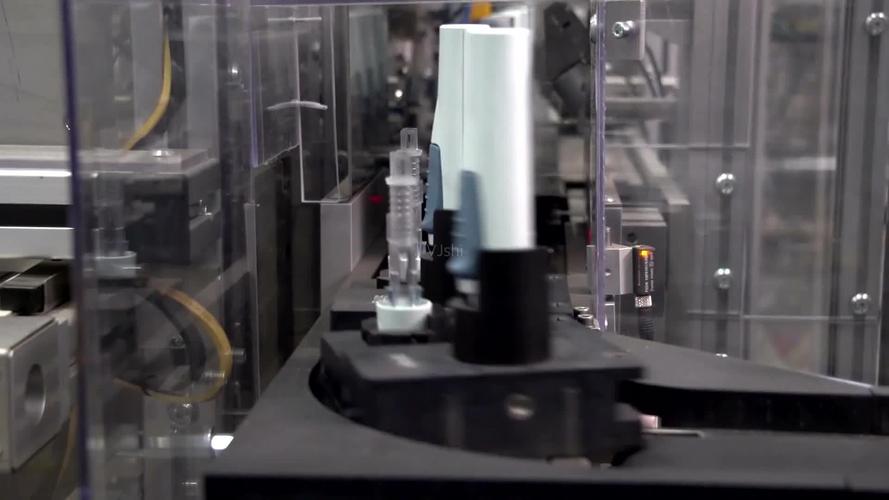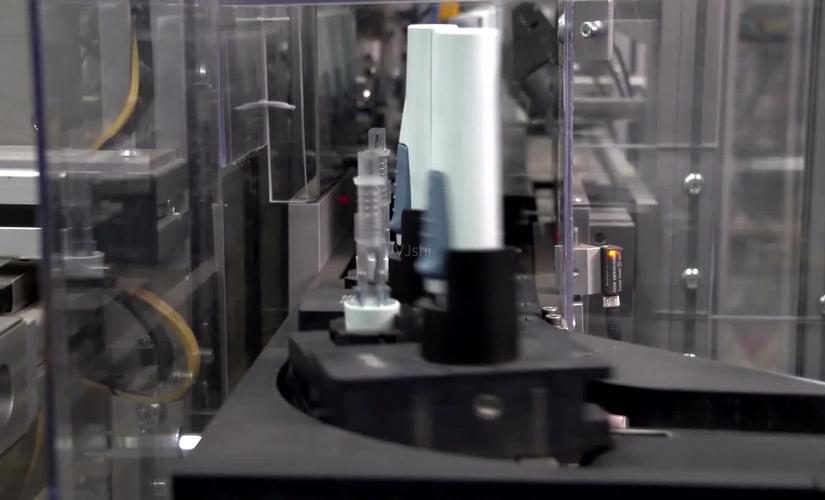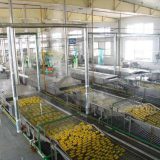The paper production process is divided into two parts: pulping and papermaking.
The pulping process is to make pulp which can be made of wood and other raw materials, they are rich in fibers through the preparation, cooking, washing and screening, bleaching, and other processes. In the paper-making process, the pulp delivered by the pulping department will be used to produce finished paper after pulping, conveying, pressing, drying, and coiling. In addition, the alkali recovery Department recovers the alkali liquor from the black liquor discharged after pulping for reuse. The wastewater treatment department is to treat paper-making wastewater and make it meet the relevant national discharge standards.

The control valve is indispensable to all the processes of papermaking.
For the paper industry, the main media encountered in production are slurry, steam, water, sewage, and black liquor.
In these media, except for the pulp in the bleaching section containing a small amount of chloride ion and the black liquor in the washing and alkali recovery Department containing alkali, other media have little corrosiveness. During the whole production process, the pressure of the above medium in the pipeline and container generally does not exceed 1.6 MPa. The vapor temperature in all media is the highest. For 1.6 MPa vapor, the saturation temperature is 203 C.
From the above analysis of medium performance, it can be seen that the control valves used for medium control in production need not consider the factors such as high-temperature resistance, high pressure, strong corrosion-resistance, explosion resistance, and so on. In the selection and calculation, complex conditions such as the flash of liquid, blockage, and noise caused by high-pressure differences can also be omitted. These are conducive to the selection of sanitary regulating valves.
Single-seat, double-seat and sleeve control valves widely used in other industries are also applicable to the control of water, steam, and gas in the paper industry. For pulp and black liquor control, rotary V-type regulating ball valve, O-type controlling sanitary ball valve, and disc valve are widely used, which are the characteristics of the paper industry.
The pulp in the pulp and paper industry is a mixture of water and fibers, which is similar to and different from liquids. If single-seat and double-seat valves are used for slurry, the slurry in the slurry can easily be left at the corner because of the tortuous flow path of such valves. If they go down for a long time, the flow passage of the valve will be blocked and the valve will not be able to switch. Even if the valve core can be switched on and off in advance, the pulp fibers hanging on the valve seat make the valve seat and core close loosely and increase leakage.
Ball valves make up for the shortcomings of single and double-seat valves used in the pulp. The flow path of the ball valve is straightforward and smooth without slurry hanging. It changes the flow of fluid through the rotation of the sphere and accumulates, so that the sphere and the valve seat have a sheer effect, cutting off the hard and impurities. It also has the characteristics of large flow, good sealing, and an adjustable flow range of 1:300. The v-type ball valve is used to regulate the slurry flow, and the O-type ball valve is used to control the slurry flow.
Black liquor in the alkali recovery Department has both granular solid and crystalline chemicals, so V and O type ball valves are also ideal control devices.
For more information, please visit http://www.adamantvalves.com/




